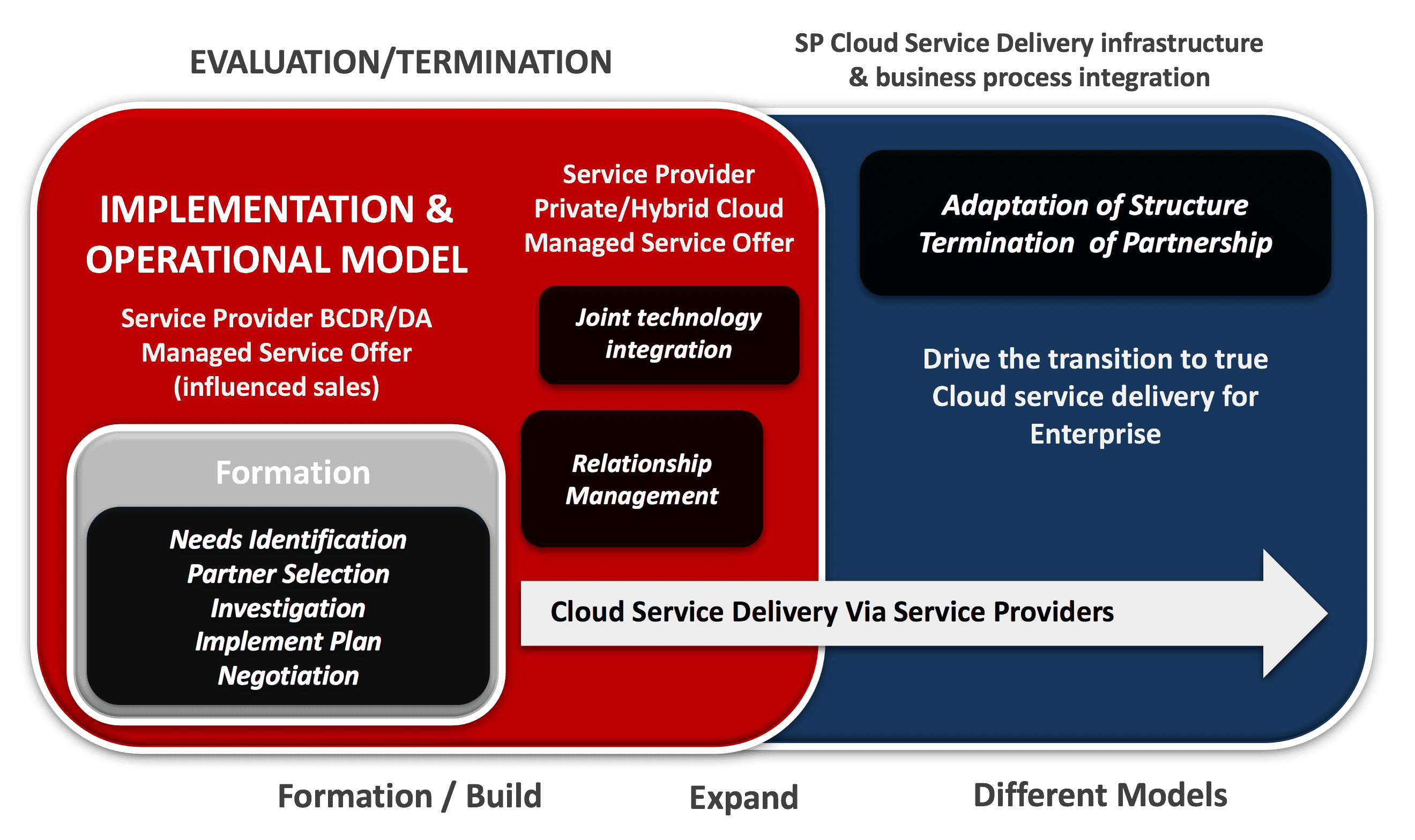AchieveUnite’s Channel Strategy in a Challenger Company Series is a three-part series aiming to help you overcome the challenge and step into transformation.
“If you fail to plan, you are planning to fail!” – Benjamin Franklin
Welcome back for part 2 of our 3-part series on building a channel strategy in a challenger company. Let’s recap for a minute: in our first part of the series we reviewed the challenge by discussing real channel chief lessons learned, key partner success elements, and the pillars of growth. After conquering the challenge, the task now turns to developing the plan. With the Rule of 40 being a guide for most VC firms (Growth rate plus profit should add up to 40% ), companies are reaching for growth rates of 40% or higher, but they can’t go it alone. Challenger companies need a channel strategy to succeed. How do you determine the best plan for your challenger organization to succeed in your channel strategy?
As with any good plan, it starts with knowing your audience. So, who are the appropriate partner types for your strategy? This ecosystem of partner types in total will become one of your top strategic assets. Each partner type is a piece of the “routes to market” puzzle that you will build. Each piece will vary, but ultimately each will need to be connected in your plan in order to complete the puzzle effectively. Determine the needs of the individual partner types, or pieces, while still planning the areas that these partners share a border that may fit to another partner type. A data center & hosting provider may have specific needs to plan for but also share needs that a telecom service provider may have, as they are both service providers. A strategic alliance may need a more integrated partner strategy, whereas a consultant may prefer a more independent approach, yet both will need portal access, as well as program benefits and requirements.
Planning for a solid channel strategy at your challenger organization will require a thorough understanding of what “strategy” means. There are many definitions to be found, but the one that seems to resonate the most as related to this topic is:
“Strategy is an integrated set of choices that define the revenue structure and create the necessary channel business proposition.” – Ron Rohner, CEO Rohner & Associates
We’ve grouped these choices into three areas: channel products & functional roles, partner ecosystem expectations, and results. When considering your channel products & functional roles the elements will consist of your portfolio dynamics, mix of products, sales & company teams and clarity of partner roles. Setting the partner ecosystem expectations ensures your choices are keeping in mind the partner- again, back to your audience! Not only will you need to determine choices related to partner programs, and partnering policies but also channel coverage capabilities and needs, along with the company’s corporate commitments. As you track results, the choices related to success goals & achievement, visibility systems tools and process and metrics and measurement will impact the ultimate strategy set forth. Focus on these elements to incorporate all levels of a solid strategy for your channel and you will see results. Consider Hubspot- just a quarter after introducing its reseller program into the market, the program was driving 42% of new customers and 22% of revenue.
The path to success here is a path we need to take small steps on. Start with the goal of formation. This means to focus on the needs identification, partner selection, investigation, negotiation and plan implementation. Build the path you need before you try to walk down a dirt road and end up lost in the woods of channel strategy. Outside of formation, we expand to the implementation and operational model. How will you handle relationship management? How will you integrate joint technology? What are the offers to service providers, private and hybrid cloud providers, and managed services providers? These initial models will drive outward to additional models that become relevant to your strategy. You drive the transition that you develop as the path widens, twists and turns. This is key with any business strategy.
And lastly, the true adaptation of structure, as well as the unfortunately but likely termination of partnerships will be two likely elements as your challenger organization builds and grows the strategy (See chart below).

Ready to take the next steps to transform your channel strategy? Reach out to us today. We can help!
